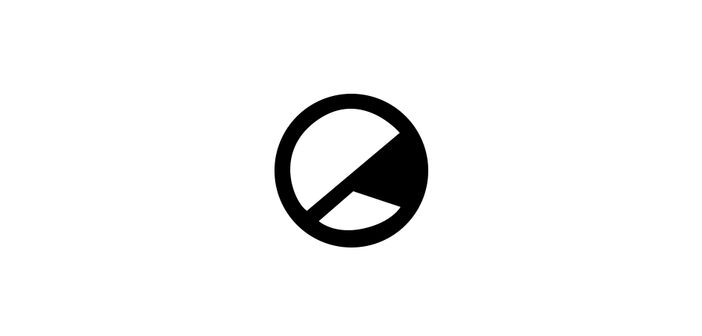Enjoyable and surprisingly clever, Beauty and the Beast still charms more than twenty years after its release.
-
10
It was the beginning of the Disney Renaissance, as a period of well-critically and commercially received Disney films was dubbed by the media, when Beauty and the Beast was released. It was an immediate success and whilst I am too young to have experienced this hype myself, it was a large part of my childhood, like many Disney films. As anticipation builds for a live remake of the film, starring Emma Watson and set to be released later this year, we look back at what is so magical about the original.
Beauty and the Beast was only the second princess film in this era, and was following in the footsteps of female characters and romances which portrayed antiquated ideas of femininity and love. Whilst Ariel from The Little Mermaid is an interesting and popular character, her silence throughout the film denies her the ability to make a real impact, whilst the early Disney princesses fit old-fashioned and traditional concepts of womanhood which were no longer relevant in the early nineties. In contrast to this, the events of Beauty and the Beast do not only revolve around Belle, but are often propelled by her decisions, it is she who chooses to switch places with her father, she who chooses to leave the castle, and she who chooses to return and save the man whom, by that point, she has grown to love – not due to force, but mutual respect.
This relationship with the beast, too, differs from the narrative which Disney had previously chosen to highlight in its films. The romance may not seem the most healthy, and some have jokingly called it a case of Stockholm Syndrome, but in reality it simply requires the same amount of disbelief as any film with a relationship between a human being and a mythical beast. The relationship evolves in a healthy and natural way, as whilst previous Disney romances focused on instantaneous love, in which the princess is appreciated mainly for her beauty, the romance in this film seems more gradual. The two share natural moments of intimacy, emotion and humour which show a less idealised and more realistic presentation of relationships than in previous Disney films. It is hard not to swoon with Belle when, upon getting to understand her better along with her passions and loves, the Beast surprises Belle by showing her his library, a moment that is both understated and romantic.
The villain of the film is another subversion of more classic portrayals of villainy and normalcy. It is the love interest who is threatening and supernatural, whilst Gaston is seemingly an ideal male match. He is not only entirely human but also a realistic representation of the toxic masculinity which is not just normalised in our culture but celebrated. Unlike previous villains, Gaston presents a reality which is both amusing and terrifying to observe as a teenage or older woman who has experienced boys or men who behave in such a way. The film deconstructs the idealisation of this kind of attractiveness by parodying this concept of masculine strength in the song ‘Gaston’ as well as in his general character portrayal. Gaston embodies male traits which are often looked for in romantic partners such as strength, physical beauty and conventional ideas of male-female relationships. By portraying this in such a negative light, the film critiques the way that we, as a society, judge people based on normalcy rather than human decency.
It is not just the plot of the film which has made it a certified classic, however, but the smaller elements which shape the experience of viewing it. The soundtrack is potentially the strongest that Disney has ever created, with every song being a powerful one. Not only that, it has more songs than other Disney films with two love songs, allowing the viewer to track the evolution of the core romance, a villain song, a character introduction, and two ensemble numbers (‘Be Our Guest’ and ‘Human Again’), all of which are not only greatly enjoyable but also allow us to have a greater understanding of characters through the use of music. The film is also very funny, using witty innuendos from the servants as a nod to more mature audiences, whilst the natural humour of the film is entertaining to all.
The film is, overall, a delight to watch. It is natural and charming, from the way it presents its characters and romance, to the soundtrack and humour. The film is intensely magical, sweeping away even the most cynical adult into its romance and tale of redemption and forcing us to root for its innately likable characters. Emma Watson and Dan Stevens may try their best in the live film, but it seems unlikely that any remake will capture the essence and beauty of this fairy-tale quite as well as this Disney classic, but that doesn’t mean it won’t still be a joy to watch.
Beauty and the Beast (1991), directed by Gary Trousdale and Kirk Wise, is distributed in the UK by Walt Disney Studios. Certificate U. The live-action remake of Beauty and the Beast (2017), directed by Bill Condon, is due to be released 17th March 2017 through Walt Disney Studios.




